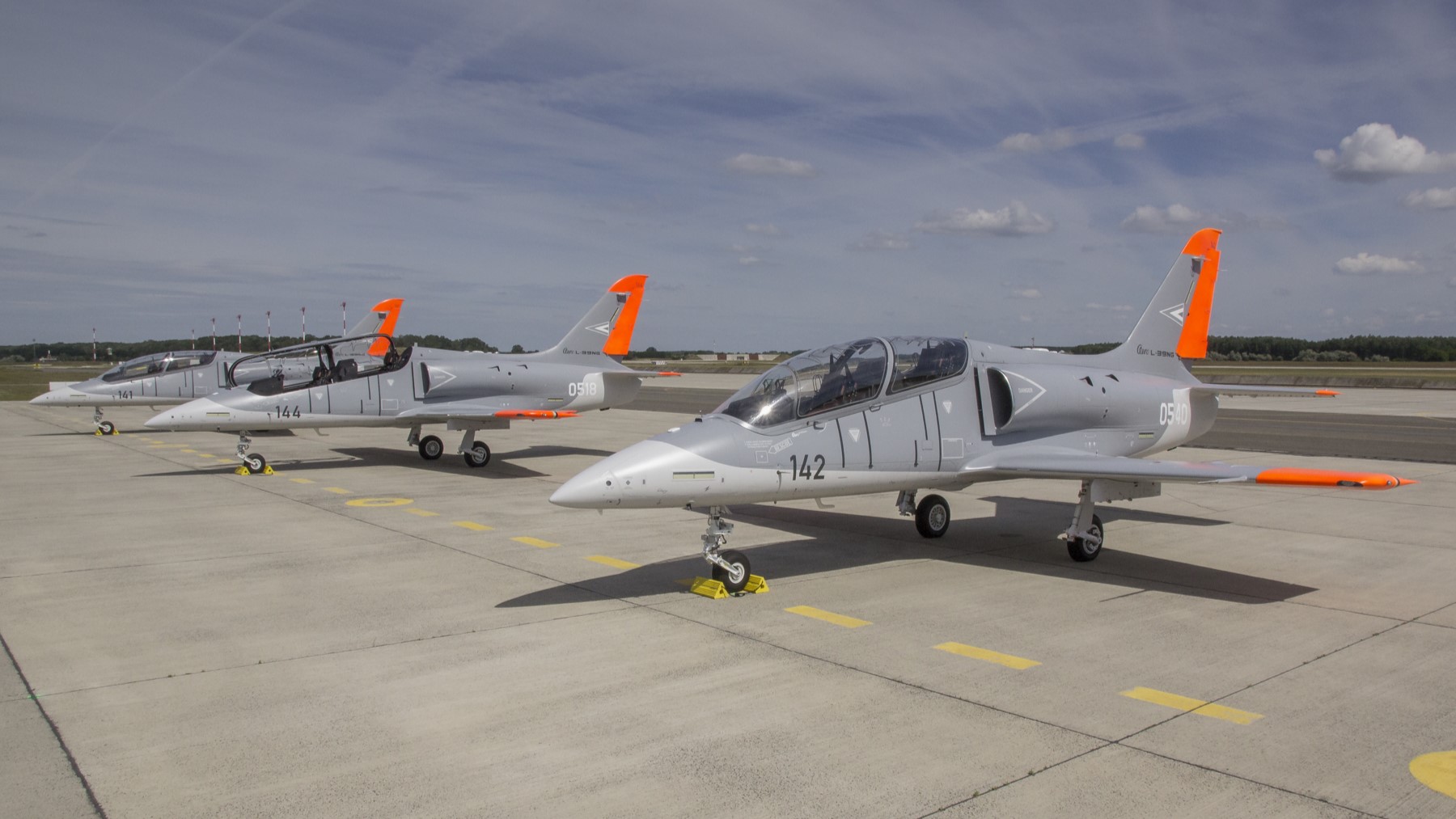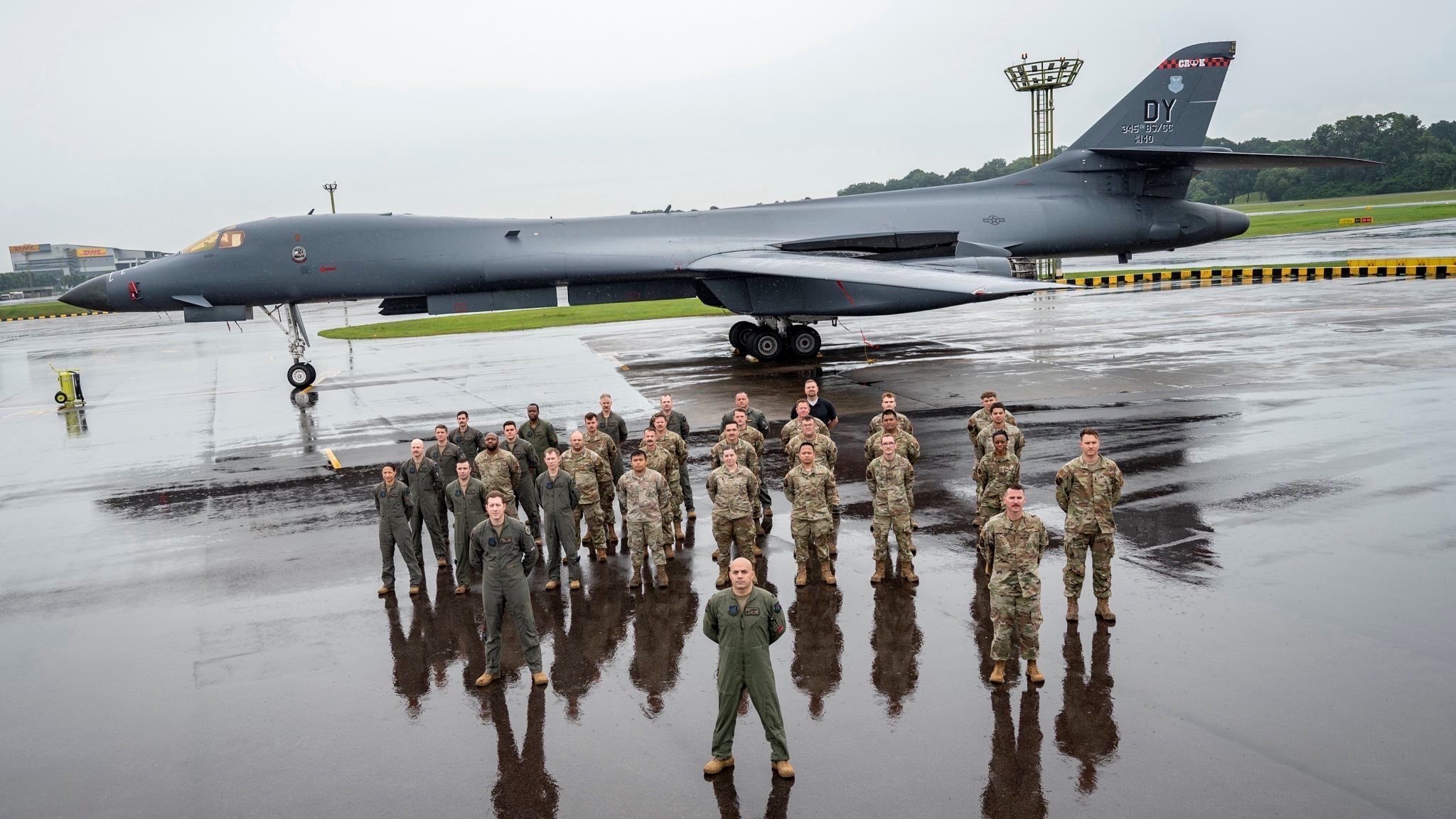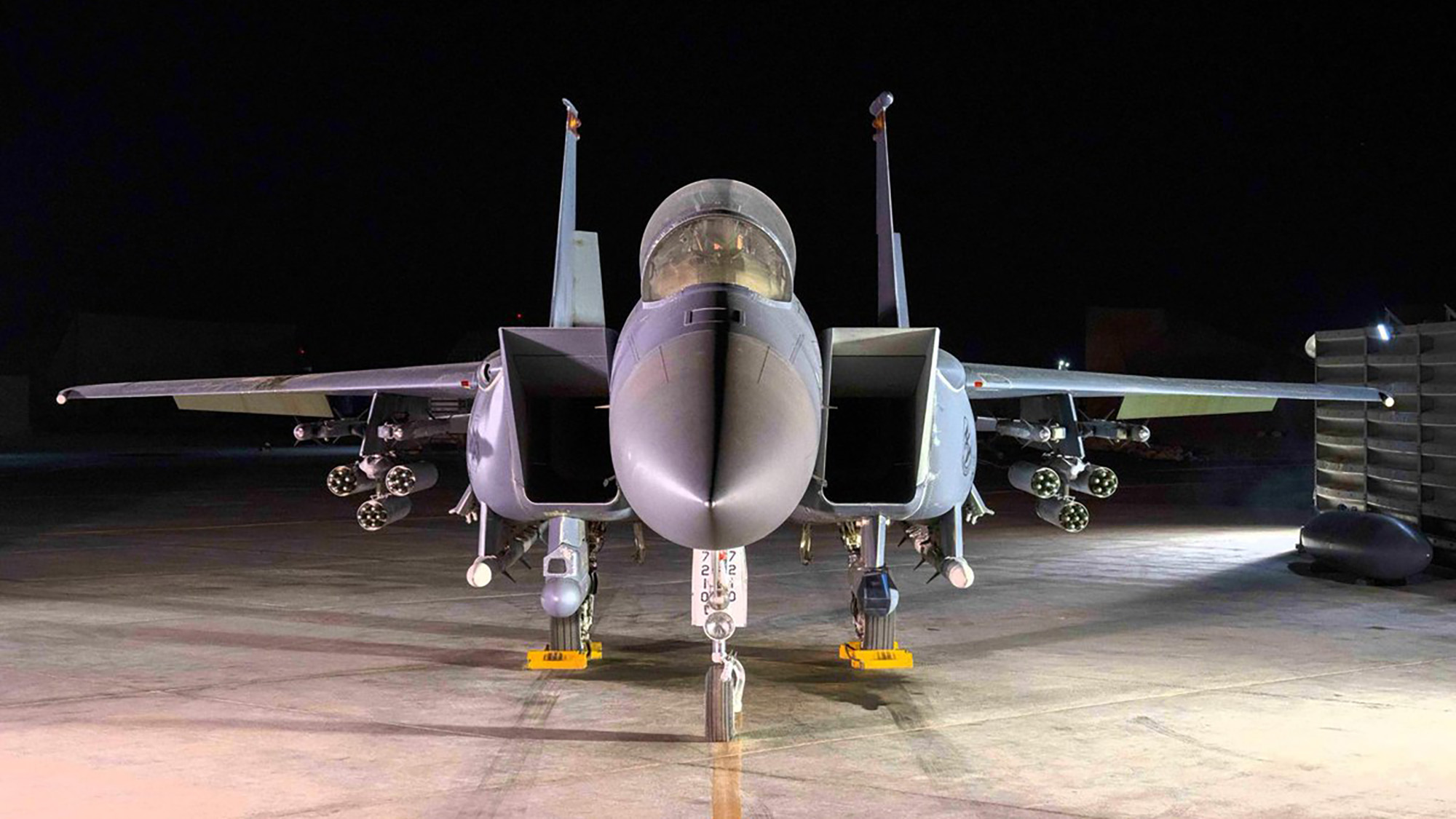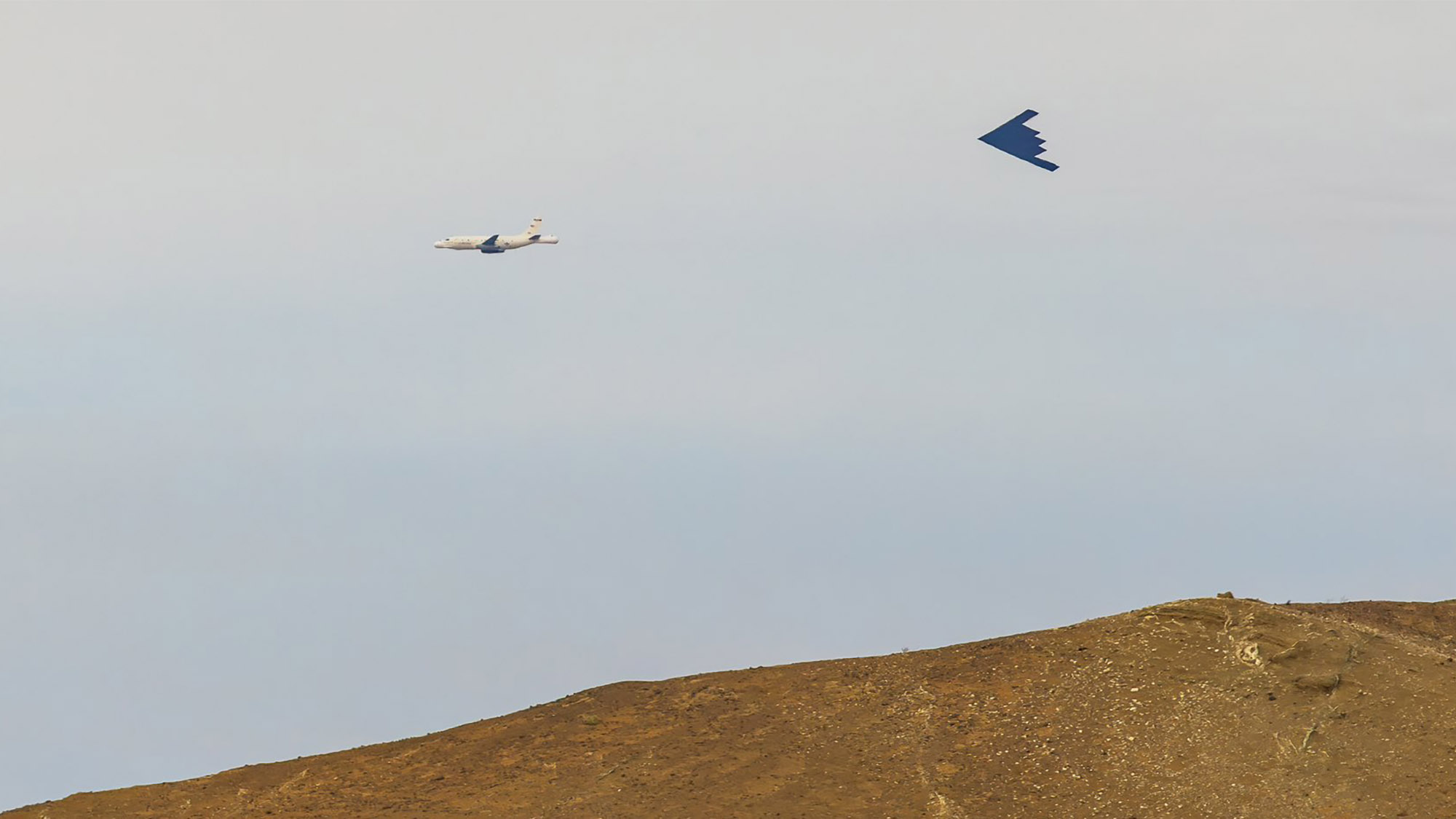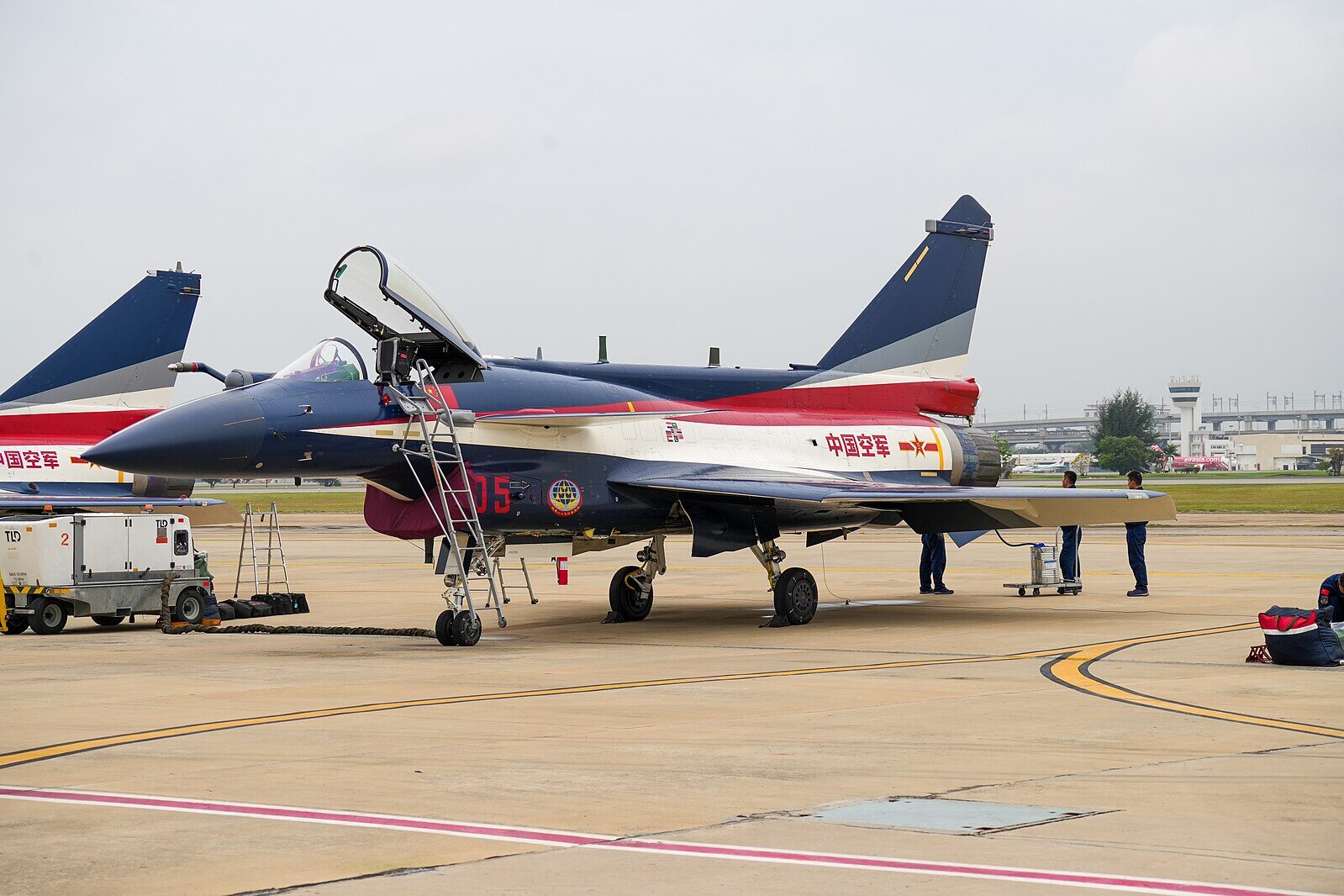Army scrambles to improve drone training
One unit created its own virtual trainer with software used by Ukrainian troops.

That includes exploring virtual and small-scale, home-station training environments to get more practice in between larger training exercises, leaders told reporters Friday after Exercise Arcane Thunder in Europe.
“I mean, the Army’s spent 250 years perfecting places where we can shoot tanks and shoot helicopters and rifles and all those things,” said Maj. Gen. John Rafferty, who commands the 56th Artillery Command in Wiesbaden, Germany. “And so we have to really work hard to find the places where we can train, to bring all these multi-domain capabilities together.”
Within Rafferty’s command sits the 2nd Multi-Domain Task Force, one of soon-to-be four MDTFs testing out new technology and battlefield operations concepts.
“So one of the things we're working is, how do we come up with a virtual or constructive training environment that allows our soldiers to get the reps and sets they need in between the times where we put the whole thing together?” Rafferty said. “Our responsibility is to make sure that we keep our soldiers current and ready in between these really valuable training experiences.”
So together with their innovation lab, the 2nd Multi-Domain Effects battalion came up with an in-house training simulator.
“Essentially, it’s a video game,” Lt. Col. Aaron Ritzema, the battalion’s commander, said Friday, with a first-person drone software used by Ukrainian troops, stitched together with their existing mission command system, allowing drone operators and the electronic warfare soldiers who operate the drone’s jammers to train alongside each other.
That virtual training helped prepare them for Arcane Thunder, he added, which was “our first time to see and really get those aviation soldiers sitting next to those EW soldiers and learning how to work together, to maneuver their platforms, to get their payloads in the right position, to provide that timely sensing data that we talked about earlier,” he added.
During the exercise, Ritzema said, his unit participated in the Army Innovation Forum, to offer their feedback on how to manage continuous training for drone operations.
“This specific topic was one of the huge pieces of discussion across all the formations, all the [Transformation in Contact] 1.0 and 2.0 formations that are kind of wrestling with, how do you actually do virtual training of these capabilities?” he said. “So I think the Army as a whole is kind of moving in the right direction.” ]]>














































































